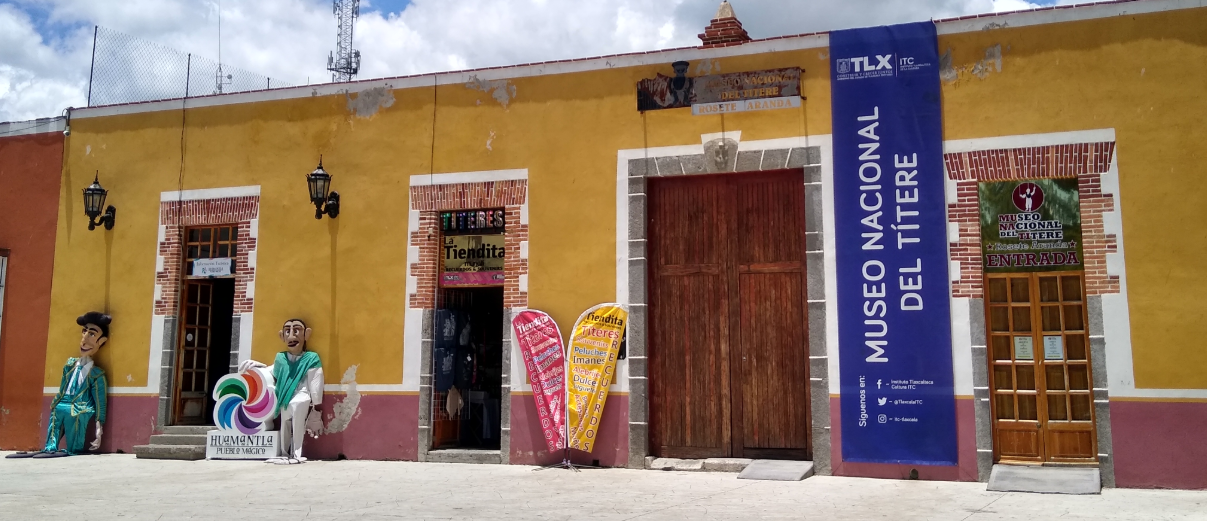National Puppet Museum
A remarkable tribute to the long tradition of puppetry in Mexico and a must-see spot in Huamantla.

Mexico’s National Puppet Museum preserves an unrivalled look into the Mexican 19th century. Like many good historical museums, the glimpse into a pre-television era can be startling, uncanny, and even jarring, all while remaining intensely humanistic. The museum is on the main square in the fantastic little town of Huamantla in the state of Tlaxcala.
The better part of the collection tells the story of the Rosete Aranda family who dominated Mexican puppet arts from 1835 all the way through the 1960s. Only a few franchises, like England’s Punch and Judy, have lasted longer. Both share origins in the Commedia del Arte of 16th-century Italy, and Huamantla was lucky enough to be a final stop for Margarito Aquino. He emigrated here from Italy and founded a first version of the company in 1830.
His children soon took up the family business and greatly expanded it. While some Italian tropes undoubtedly contributed to the later Rosete Aranda repertoire, the company came to be known for its deep and long-term commitment to Mexican folklore.
The company eventually performed for President Benito Juárez in the Presidential Palace in Mexico City in 1858. They toured the entire Mexican republic over many decades and through many generations of the same family. The family saw success in Central America and in the United States, too. Their more than 5,000 puppets are represented in collections worldwide, although this one remains the most important.
The museum has been remodeled and today features eight galleries and includes puppets from Germany, France, Italy, Indonesia and Pakistan, among other countries.
The National Puppet Museum is right next to the Huamantla Casa de Cultura and the Music School. Facing the Parque Juárez on the west side, it’s often visited in combination with the many other sites and buildings in the town center.